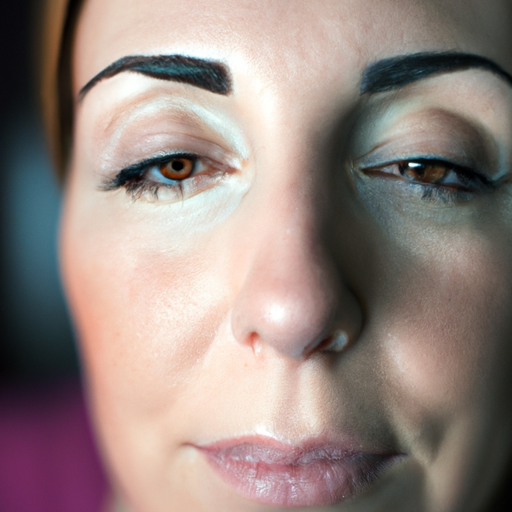Title: Unmasking Acne: A Comprehensive Guide to Diagnosis and Treatment
Acne is a common skin condition that affects millions of people worldwide. It’s not just an adolescent concern; adults can also struggle with this persistent issue. Understanding the causes, diagnosis, and treatment options for acne is essential for managing this skin condition effectively. This article aims to unmask acne, providing a comprehensive guide to its diagnosis and treatment.
Acne is primarily caused by the overproduction of oil, blocked hair follicles, inflammation, and the build-up of bacteria. Hormonal changes, certain medications, diet, and stress can also contribute to acne breakouts. It manifests in various forms such as whiteheads, blackheads, pimples, nodules, and cystic lesions.
Diagnosis of acne is typically straightforward. Dermatologists can usually identify the condition through a simple visual examination of the skin. In some cases, they may conduct further tests to rule out other skin conditions or to determine if hormonal imbalances are contributing to the acne.
Once diagnosed, a personalized treatment plan is developed based on the severity and type of acne. Mild acne can often be managed with over-the-counter products containing salicylic acid or benzoyl peroxide. These ingredients work by reducing oil production and killing bacteria, respectively.
For moderate to severe acne, prescription medications may be necessary. Topical retinoids are commonly prescribed to unclog pores and prevent new breakouts. Antibiotics may also be used to reduce inflammation and bacteria on the skin.
In some cases, oral medications like isotretinoin are recommended for severe or resistant acne. Hormonal therapies can be effective for women who experience acne flare-ups around their menstrual cycle. It’s crucial to note that these treatments should only be used under the supervision of a healthcare professional due to potential side effects.
Beyond traditional medications, several procedural treatments can help manage acne. Light therapy, chemical peels, and extraction procedures can be beneficial for certain types of acne. However, these treatments should be performed by a qualified dermatologist to avoid potential skin damage.
In terms of lifestyle changes, maintaining a healthy diet and regular exercise routine can help manage acne. Foods high in sugar and carbohydrates may trigger acne breakouts in some individuals. Regular exercise can reduce stress levels, which can indirectly help control acne.
Lastly, it’s important to maintain a consistent skincare routine. This includes cleansing your face twice daily, using non-comedogenic products, and avoiding excessive touching or picking at your skin.
In conclusion, while acne is a common skin condition, it doesn’t have to be a lifelong struggle. With the right diagnosis and treatment plan, it’s entirely possible to manage and even overcome acne. Remember, everyone’s skin is unique, and what works for one person may not work for another. Therefore, it’s crucial to consult with a dermatologist or skincare professional to develop a personalized acne treatment plan.
Keywords: Acne, Diagnosis, Treatment, Skin condition, Dermatologist, Over-the-counter products, Salicylic acid, Benzoyl peroxide, Topical retinoids, Antibiotics, Isotretinoin, Hormonal therapies, Light therapy, Chemical peels, Extraction procedures, Healthy diet, Regular exercise, Skincare routine.




